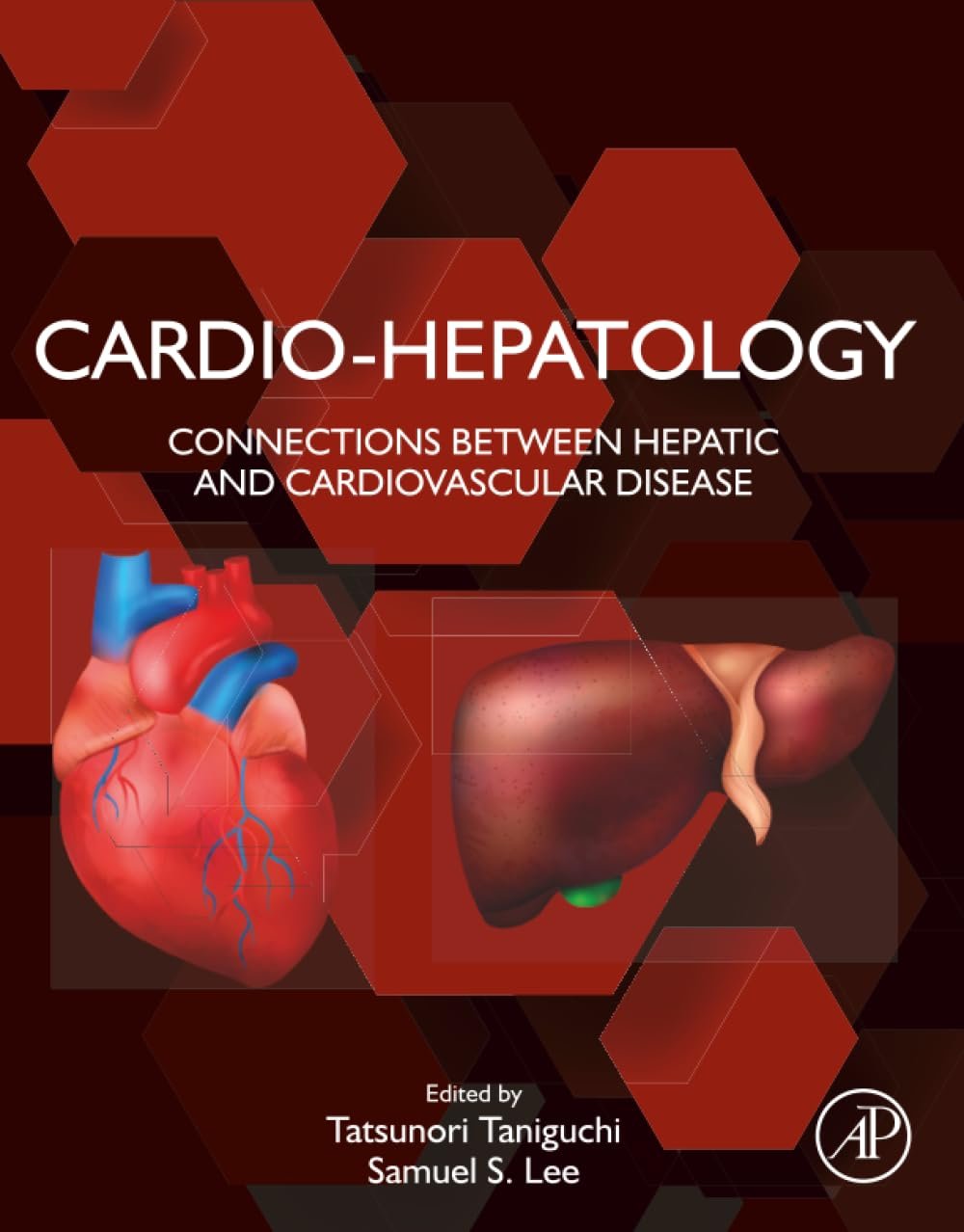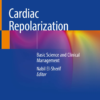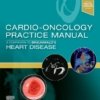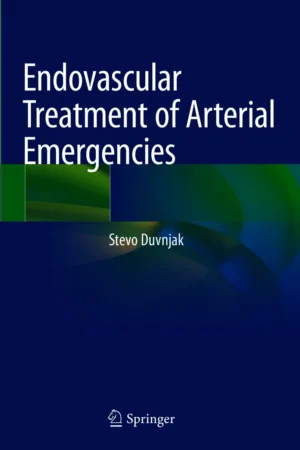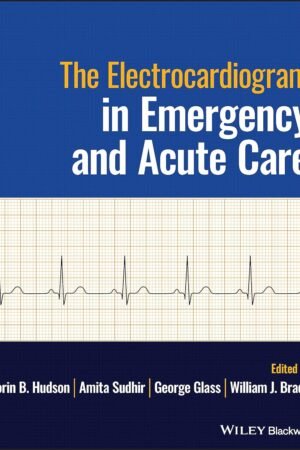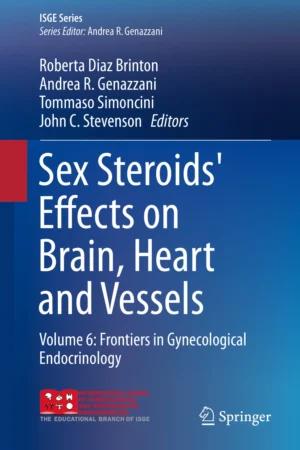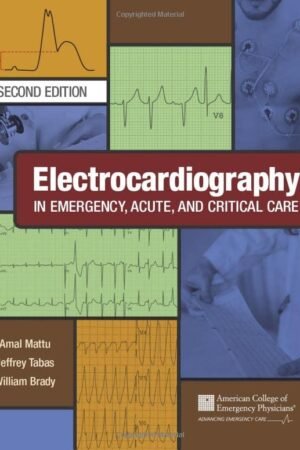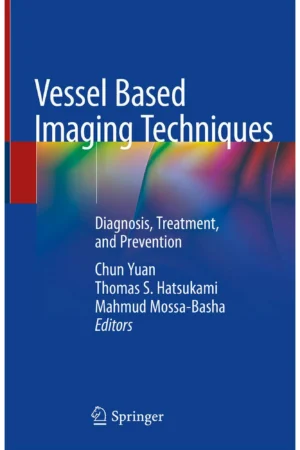Cardio-Hepatology: Connections Between Hepatic and Cardiovascular Disease PDF
FREE
Cardio-Hepatology: Connections Between Hepatic and Cardiovascular Disease PDF
Introduction
Cardio-Hepatology: Connections Between Hepatic and Cardiovascular Disease PDF explores the complex interplay between liver and heart health. Patients with chronic liver disease often face increased cardiovascular risk, while cardiovascular conditions can worsen hepatic function. Understanding this bidirectional relationship is essential for clinicians managing patients with coexisting liver and heart disease. According to the American Heart Association (AHA), cardiovascular complications are a significant contributor to morbidity in patients with hepatic disorders.
How Liver Disease Affects the Heart
Cirrhosis and Cardiac Dysfunction
For example, cirrhosis can lead to cirrhotic cardiomyopathy, characterized by impaired contractility, diastolic dysfunction, and electrophysiologic abnormalities. Consequently, patients are at higher risk for heart failure, especially during stress or surgery.
Nonalcoholic Fatty Liver Disease and Cardiovascular Risk
Moreover, nonalcoholic fatty liver disease (NAFLD) is strongly associated with atherosclerosis, hypertension, and metabolic syndrome. In addition, these patients often present with subclinical cardiovascular disease, necessitating early screening and intervention.
Hepatitis and Inflammatory Cardiovascular Effects
Chronic hepatitis B and C infections may trigger systemic inflammation, which can contribute to endothelial dysfunction and increased risk of coronary artery disease. Therefore, managing viral hepatitis is crucial for reducing cardiovascular events.
Common Cardiovascular Complications in Patients with Liver Disease
Heart Failure
Cirrhotic cardiomyopathy or stress-induced cardiac dysfunction can lead to overt heart failure. Early echocardiography and biomarker monitoring are essential for detecting these complications.
Arrhythmias
Patients with hepatic disease may develop arrhythmias due to electrolyte imbalances, autonomic dysfunction, or cirrhotic cardiomyopathy. Continuous ECG monitoring helps identify early abnormalities.
Ischemic Heart Disease
NAFLD and chronic hepatitis increase the risk of coronary artery disease. Therefore, non-invasive imaging and stress testing may be required for risk stratification.
Pulmonary Hypertension
Portopulmonary hypertension, a complication of portal hypertension, can result in increased right heart pressures and right-sided heart failure. Early recognition is critical to manage outcomes effectively.
Identifying Risk Factors
Cardiovascular risk in patients with liver disease increases with advanced age, obesity, diabetes, hypertension, high cholesterol, and pre-existing heart disease. In addition, the severity of liver dysfunction correlates with cardiovascular risk, emphasizing the need for integrated care.
Diagnosis and Monitoring
Comprehensive monitoring includes ECG, echocardiography, cardiac biomarkers, and advanced imaging techniques. Baseline cardiovascular assessments before interventions, along with regular follow-ups, allow early detection and management of complications.
Management and Prevention
Preventive Strategies
Lifestyle modification, including weight management, exercise, and a heart-healthy diet, can reduce both hepatic and cardiovascular risk. Moreover, controlling diabetes, hypertension, and dyslipidemia is essential.
Pharmacologic Therapy
Beta-blockers, ACE inhibitors, and statins may be used cautiously to manage cardiovascular risk in patients with liver disease. Dose adjustments are often necessary based on hepatic function.
Multidisciplinary Approach
Integrated cardio-hepatology clinics involving hepatologists, cardiologists, and primary care physicians provide optimal management. According to ASCO and other expert guidelines, collaborative care improves both hepatic and cardiovascular outcomes.
Conclusion
The interplay between liver and heart disease presents a growing challenge in modern medicine. However, with early detection, preventive strategies, pharmacologic therapy, lifestyle interventions, and multidisciplinary care, risks can be minimized. This ebook offers clinicians a practical framework for managing patients with coexisting hepatic and cardiovascular disease.
👉 Download Cardio-Hepatology: Connections Between Hepatic and Cardiovascular Disease PDF to access clinical guidelines, case studies, and evidence-based strategies for patient care.
🌐 For authoritative guidance, visit the American Heart Association (AHA), National Institutes of Health – Liver Disease, and American Association for the Study of Liver Diseases (AASLD).

